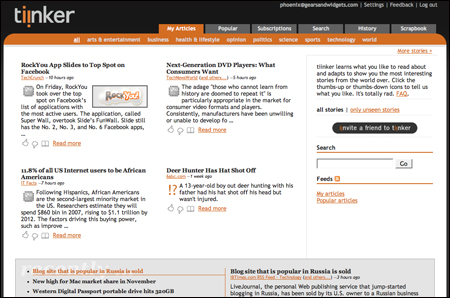STILL PLACES AVAILABLE!!
I will be running two one-day seminars in March this year. These are designed for people who have read Do It Tomorrow and want to explore more deeply how to use the principles in their own individual circumstances. They are also suitable for people who have been on the 3-hour introductory course.
The dates are:
Friday, March 14th
Thursday, March 27th
For full details and booking form, click here
Feedback from last year’s seminars
“Amongst the most worthwhile uses you can make of a day that you’re not able to spend outdoors. Mark Forster has genuine insight and wisdom, in contrast to the many impractical and complex ‘systems’ on offer. Superb.”
Perry Duke, Head of Finance Control Division, DEFRA, www.perryduke.org
“A good way to crystalise the book. Now I have consolidated Do It Tomorrow I am looking forward to applying it.”
Aaron Pascoe
“Great value, really good to be able to bring the fantastic ideas in the book to life”.
Iain Gray, Win More Clients www.winmoreclients.co.uk
“I am optimistic that I will implement the DIT structure. Many useful ideas”.
Pauline Hay
“Very useful in terms of learning about practically applying the DIT system”.
Frank Wessely
“It was very good to meet you and pick at my own personal issues with keeping going on the DIT system.”
Mark Jameson
“Thank you for the Seminar on Friday which I thoroughly enjoyed, and more importantly found very useful. I am very determined to work on and install the principles.
“I already have a tidy desk and am working on one thing at a time and have minimized my interruptions using some of the techniques we learned on Friday.
“I found the depth that we explored time management very refreshing and quite different to many of the courses that I have been on, this has enabled me to see where I can more effective and also more productive. I thought the number of people attending the course was a great balance and that their input and sharing of ideas was interesting and helpful.
“I look forward to implementing more of the processes in the next few weeks and reaping the rewards by retaining my sanity.”
Alister Mc Kinnon Clark
“Practical, step-by-step solutions to get back on track and keep all my business and personal commitments.”
Scott Allison, Access Business Communications, www.callabc.co.uk
“Excellent exploration of the principles and how to make them work effectively in one’s own context/role/environment.”
Nick Garring
“Very helpful to recap on the book and to share ideas and difficulties with other people who have read/written the book. It’s now down to me to implement and I am pleased that the day has given me fresh motivation to continue.”
Jackie Brazier
 Thursday, February 21, 2008 at 14:01
Thursday, February 21, 2008 at 14:01 




